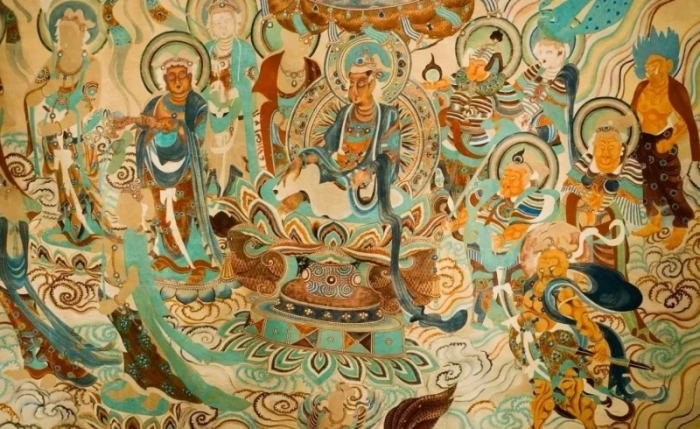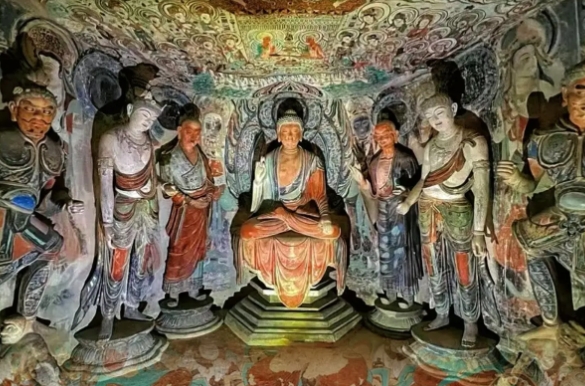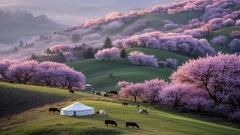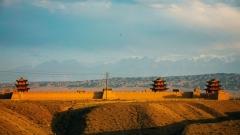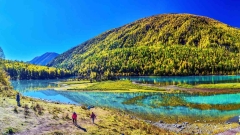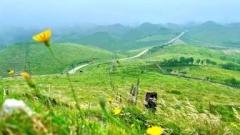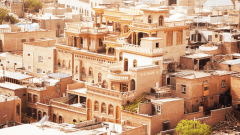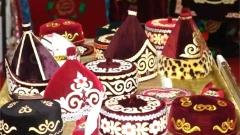The Mogao Caves, also known as the Caves of the Thousand Buddhas, are one of the most iconic landmarks along the ancient Silk Road. Located near Dunhuang, at the edge of the Gobi Desert, the caves represent more than 1,600 years of cultural exchange between China, Central Asia, India, and beyond. For travelers interested in history, art, and spirituality, the Mogao Caves are a window into the rich legacy of the Silk Road.
A Glimpse into History
The Mogao Caves were first carved in the 4th century AD by Buddhist monks who sought to create a sacred place for meditation and worship. Over time, the site expanded into nearly 500 caves, filled with thousands of murals, sculptures, and manuscripts. As caravans passed through Dunhuang, merchants, officials, and pilgrims contributed to the caves’ construction, making them a true product of cultural interaction along the Silk Road.
During the Tang Dynasty (7th–10th centuries), the caves reached their peak, with elaborate paintings depicting Buddhist sutras, heavenly beings, and scenes of daily life. These artworks not only reflected religious devotion but also documented the diversity of cultures, fashions, and traditions that flowed through the Silk Road.
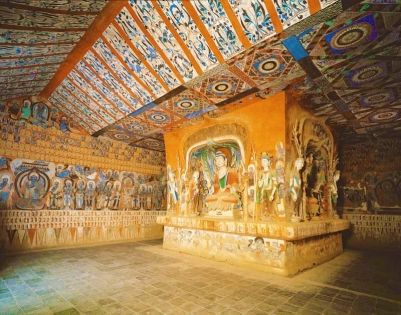
Mogao Caves
Artistic Treasures
The Mogao Caves are often called the “Louvre of the East” because of their stunning collection of Buddhist art. The walls are covered with more than 45,000 square meters of murals, portraying everything from celestial bodhisattvas to vivid depictions of caravans crossing the desert.
Sculptures of various sizes—from small figurines to towering Buddha statues—demonstrate the evolution of Buddhist iconography over the centuries. The caves also preserve rare manuscripts, including the famous Diamond Sutra, the world’s oldest printed book, discovered in the early 20th century in the “Library Cave.”
Cultural and Spiritual Significance
Beyond their artistic beauty, the Mogao Caves symbolize the role of the Silk Road as a bridge between East and West. Indian Buddhist traditions, Persian influences, and Chinese aesthetics all merged in the caves’ artworks, showing the interconnectedness of ancient civilizations.
For Buddhists, the caves were not only a place of worship but also a center for spreading teachings across Asia. For modern visitors, they stand as a reminder of how trade, religion, and culture once intertwined to shape the history of Eurasia.
Visiting the Mogao Caves Today
Today, the Mogao Caves are a UNESCO World Heritage Site and one of China’s most important cultural landmarks. To protect the fragile murals, visitor numbers are limited, and guided tours are required. Tourists can explore a selection of caves with explanations from trained guides, and the nearby Dunhuang Research Academy offers digital displays and replicas for a more immersive understanding.
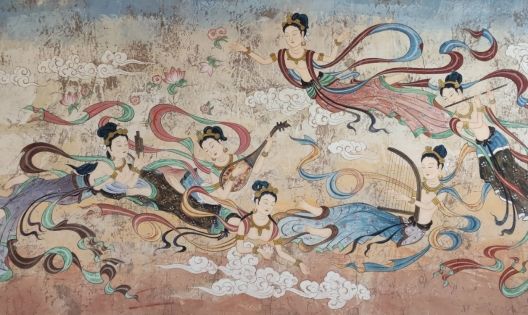
The caves are best visited between May and October, when the weather is warm and the desert landscape comes alive. For travelers exploring Xinjiang or other Silk Road regions, a stop in Dunhuang adds an essential cultural dimension to the journey.
Conclusion
The Mogao Caves are more than just ancient art—they are a living archive of the Silk Road, preserving the stories, beliefs, and creativity of countless generations. Visiting this site allows travelers to step back in time and witness the blending of cultures that shaped the heart of Asia. For anyone traveling along the Silk Road, the Mogao Caves are an unforgettable highlight, offering both spiritual inspiration and cultural discovery.



